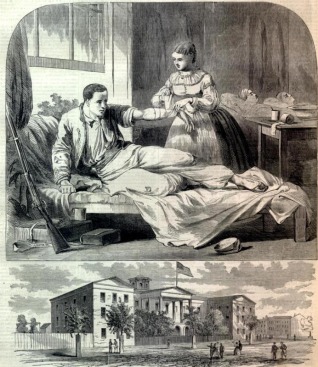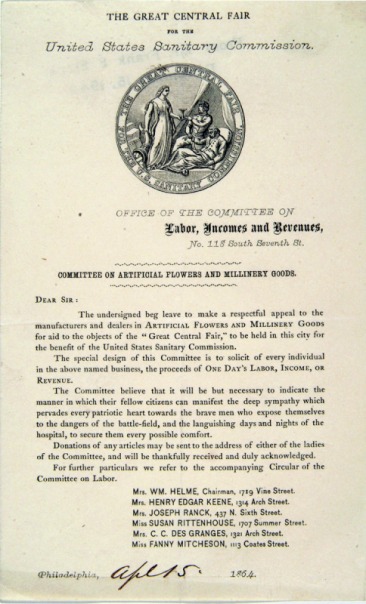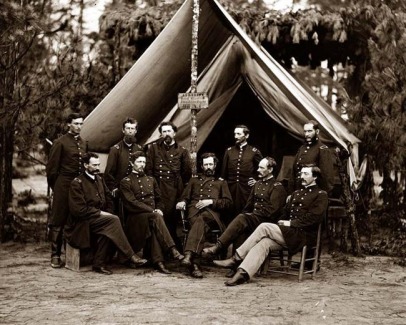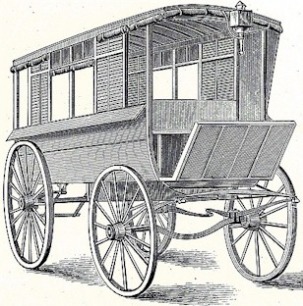Hospitals
From sanitation, to staff, hospitals greatly improved their reputation and respect.
Hospital Buildings:
-Beginning: Any functioning building was used as a hospital. Few hospitals had been set up, therefore they were far away from the battle field.
-End: Hospitals were more trusted. More were established, and people were starting to improve hospital buildings, making the buildings specifically designed for hospitals.
Hospital Buildings:
-Beginning: Any functioning building was used as a hospital. Few hospitals had been set up, therefore they were far away from the battle field.
-End: Hospitals were more trusted. More were established, and people were starting to improve hospital buildings, making the buildings specifically designed for hospitals.
Above: the top picture is of a soldier being helped by a women, in a building of some sort. The bottom picture is a hospital in Washington, DC.
Sanitation:
-Beginning: There was no sanitation or awareness of germs. Body parts from amputations, as well as human waste were thrown into piles outside of hospitals.
-Disease spread easily, and many died from the unsanitary instruments used in treatment. Treatment was risky, and hospitals were considered highly dangerous.
-End: The U.S. Sanitary Commission was established. It selected people to inspect camps' and hospitals' sanitation, and developed regulations that they had to
follow.
-Soldiers were no longer afraid to receive treatment in a hospital. The hospital
environment was much more welcoming and comforting.
The picture above is a list of some of the names of people on the U.S. Sanitary Commission, and their jobs, in 1864.
Doctors and Nurses:
-Beginning: There were few doctors, and those doctors had little training and
experience in the medical field and were men. To become a doctor, one followed
and observed a doctor for a year or two, and then they were allowed to participate
in the medical field.
- There was little knowledge of medicine and medical tools at that time. Herbs
and alcohol were used as medicine and pain killers.
- End: Training and medical education were starting to establish. The medical staff
had greatly enlarged, including men as doctors and surgeons, and women as
nurses. Also, many new instruments, medicine, and practices had formed, and
continued to develop.
Above is a picture of doctors and surgeons, during the Civil War.
Transportation:
-Beginning: Ambulances were poorly constructed, creating a very rough and bumpy
ride. This killed soldiers who rode in them.
-End: The design of ambulances greatly improved. Also, ambulances were made
with beds that were suspended, so the beds absorbed shock during the ride.
Pacients experienced a smoother ride.




